Anthropomorphic Deities: The Textile Sculptures of Mrinalini Mukherjee
One of India’s most gifted artists, Mrinalini Mukherjee tracked new and unchartered territory with her painstakingly intricate and monumentally scaled woven sculptures, that could each take her up to a year to complete. Working with dyed natural fibres including jute and rope, she created anthropomorphic structures resembling biomorphic forms, each one invested with its own inner, spiritual significance, much like a religious icon or deity. When asked about the aims of her practice, she described a desire to produce, “…the feeling of awe when you walk into the small sanctum of a temple and look up to be held by an iconic presence.”
Mukherjee was the only child of two Indian artists Benode Behari and Leela Mukherjee. Born in Mumbai in 1949, she was raised in the city of Dehradun, before going on to train as a painter at the MS University of Baroda, near Mumbai, followed by a postgraduate in mural design in the same school. It was during her studies in mural making with K.G. Subramanyan that Mukherjee first began working with natural fibres, particularly jute ropes that she had discovered during an annual fair in Baroda. For her the transition from fine art to textile seemed a natural progression, because she noted how integrated the arts have always been in India, where, she says, “…the arts have always existed alongside each other, at different levels of sophistication. India has an enormous wealth of craft, and I believe in an integrated approach to art and craft…”
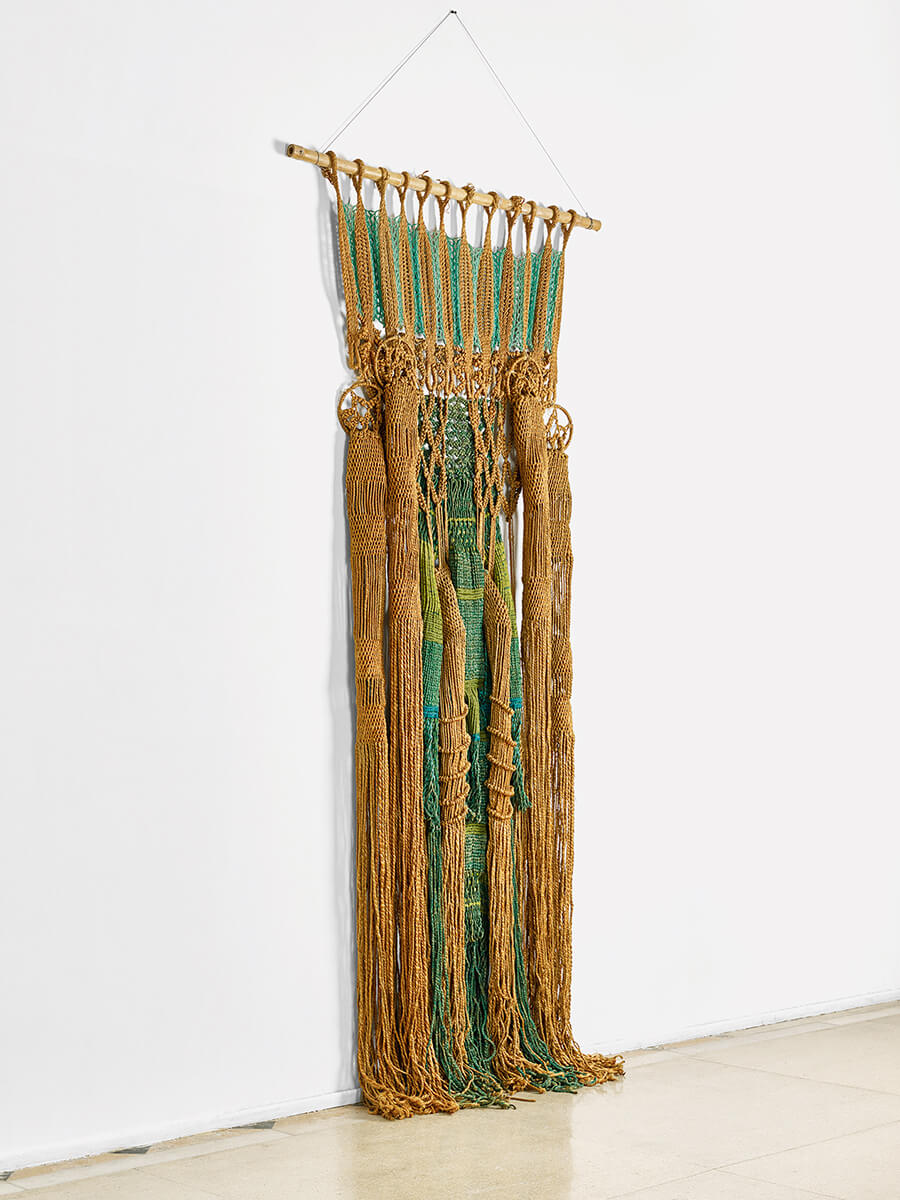
Waterfall, 1975, hemp and cotton, 264 × 100 × 15 cm. © Mrinalini Mukherjee; courtesy: The Metropolitan Museum of Art; photograph: © Randhir Singh, 2017
Working with such solid, weighty threads was an eye opener, giving her the room to expand into three-dimensional sculptures for the first time. She believed sculpture was a more intuitive and spontaneous means of expression due to her lack of formal training in the field. She observed in an interview, “Though one may find similarities with process-oriented art, I see sculpture as a kind of organic unfolding – hence my choice of materials.” Rope was also a relatively underused art medium, once that she noted was, “usually meant to be a carrier, rather than a medium of sculpture,” and as such it offered her a wide-open and unexplored playing field within which to work.
In 1978, Mukherjee was awarded a British Council scholarship for culture, which she used to study at the West Surrey College of Art and Design in Farnham, UK. During this time, she continued to experiment with jute sculptures, carving a distinctive practice based on labour intensive weaving techniques, coupled with fluid, open-ended ways of working without a final plan in mind, which she took with her on her return to India.
Throughout this time period, her work explored organic, sinuous shapes and forms, which made reference to growing, organic shapes and forms of the human body, as she explained in one interview, “I start with an image in mind, which could be floral or human. The image suggests the colours. I then acquire the material, prepare it for dyeing and start making the armature.” She also noted, “Sometimes a particular colour that I want to use suggests the form.”
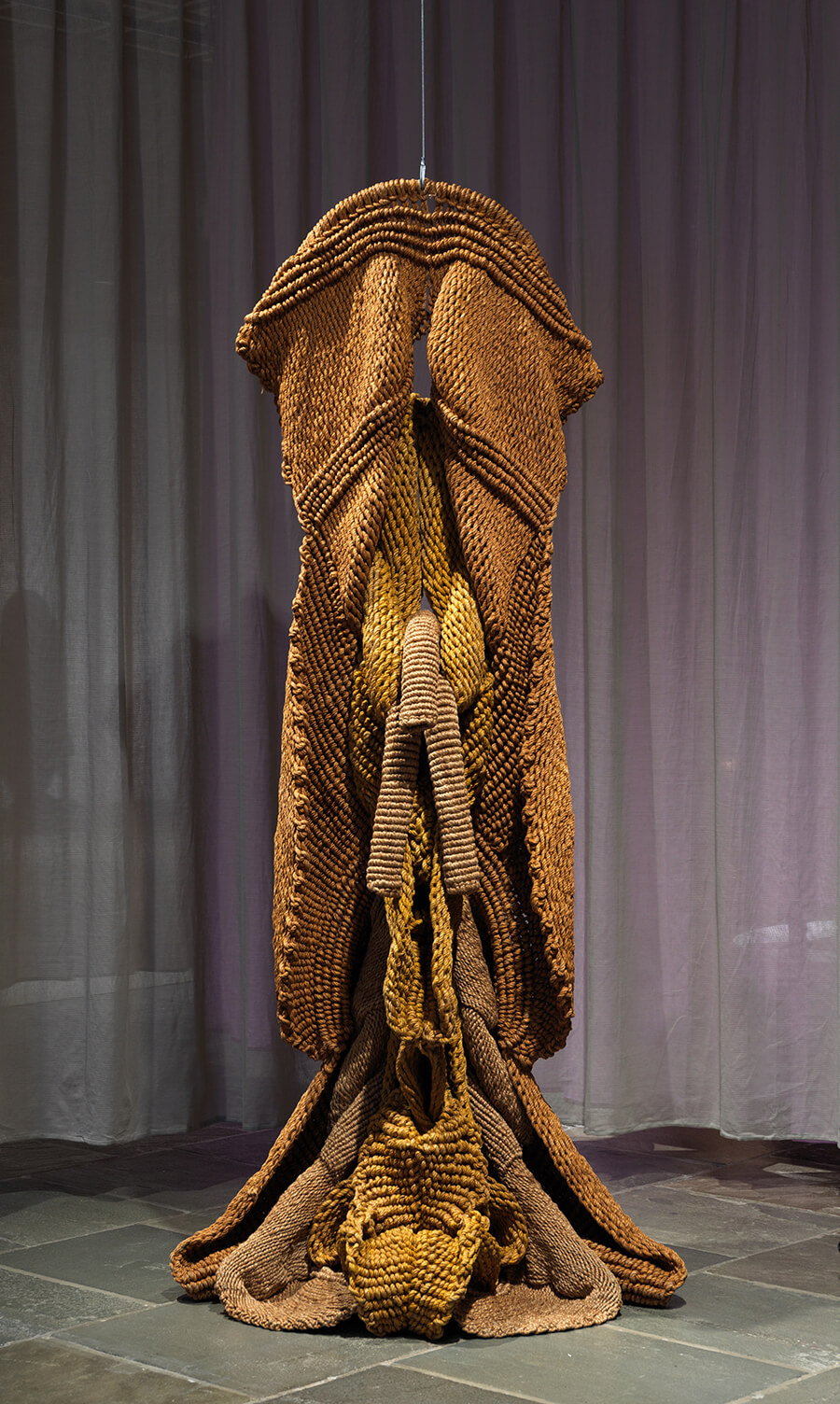
Mrinalini Mukherjee, Basanti, 1984, installation view. © Mrinalini Mukherjee; courtesy: The Metropolitan Museum of Art
Throughout the 1980s and 1990s her sculptures became increasingly mystical, with a commanding and totemic physical presence, resembling what journalist Elizabeth Kuruvilla called “ancient, wizened spiritual beings.” Van Raja (Forest King), made between 1991 and 1994, stands tall, surrounded by a throne-like frame, while Sitting Deity, 1981, has a solid, fluffy trunk that resembles the Indian elephant god Ganesh. However, Mukherjee deliberately resisted any references to specific gods or deities, noting, “My anthropomorphic deities owe much to the equation with awe and reverence that a traditional invocatory deity inspires in her spectator. But my mythology is de-conventionalized and personal, as indeed are my methods and materials.” While she moved on to work with a wider pool of materials including wax, bronze, and ceramics, this same ethereal, semi-figurative quality remained.
It is this abstract, universal and generous approach to sculpture, materials and spirituality, that allowed Mukherjee’s work to speak to wider international audiences, and one that secured her a place within the realms of post-minimalist, contemporary sculpture alongside various artists including Eva Hesse, Robert Morris and Kiki Smith, once that has only grown stronger since her passing in 2015. In her own words, she noted, “It is through my relationship to my material that I would like to reach out and align myself with the values that exist within the ambit of contemporary sculpture.”





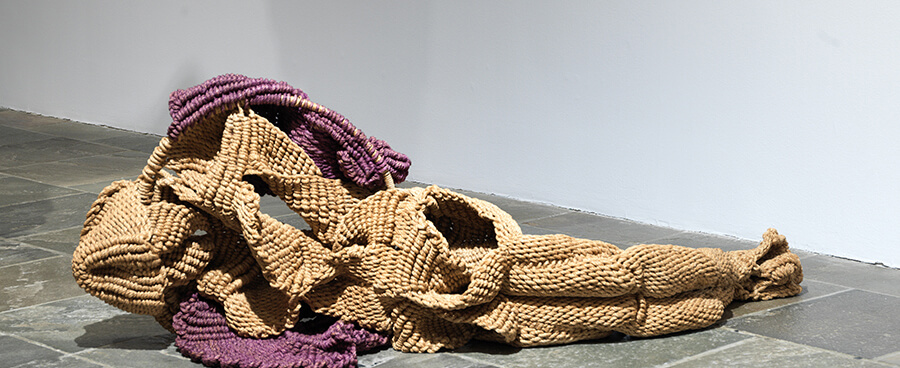
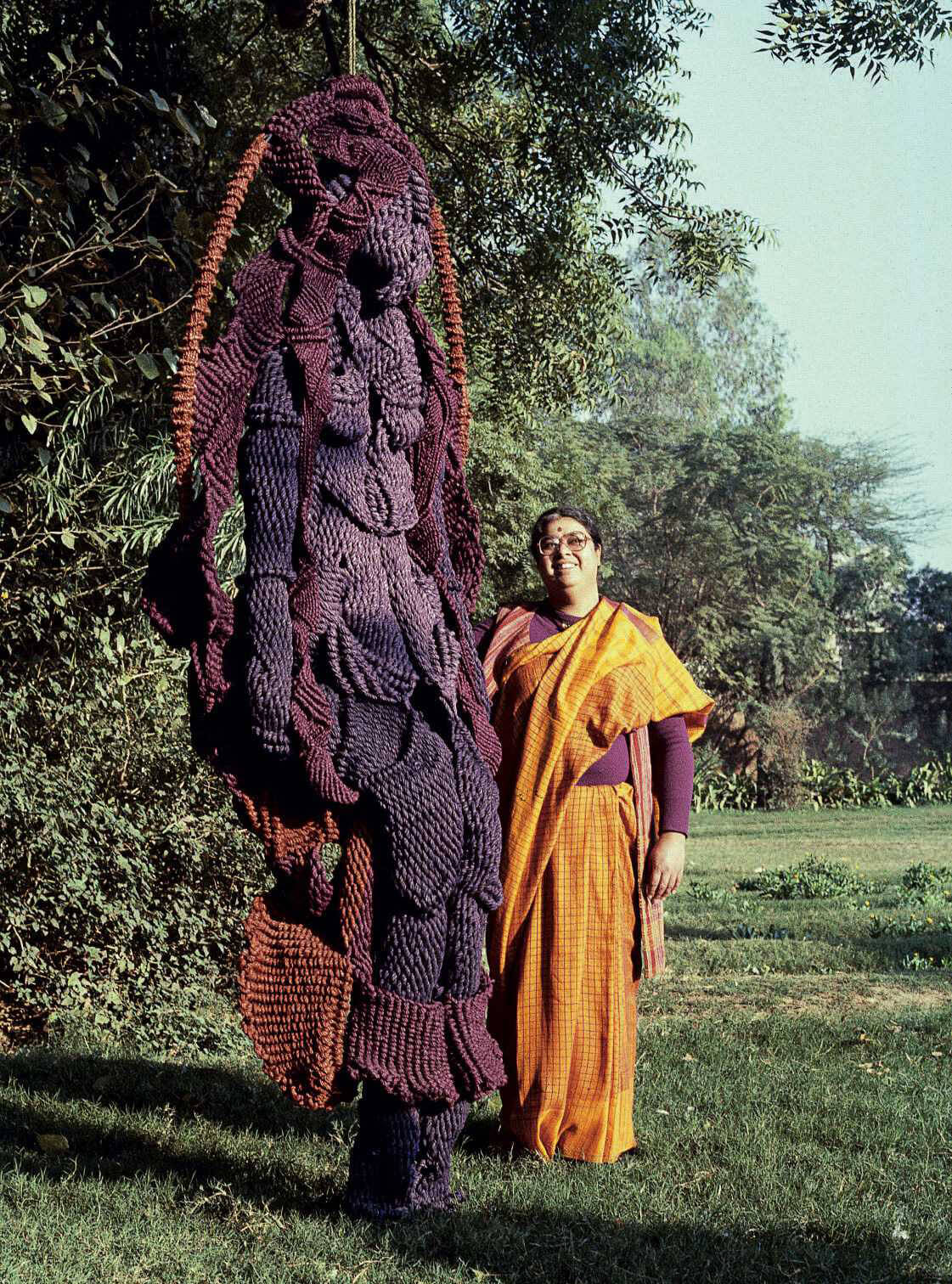
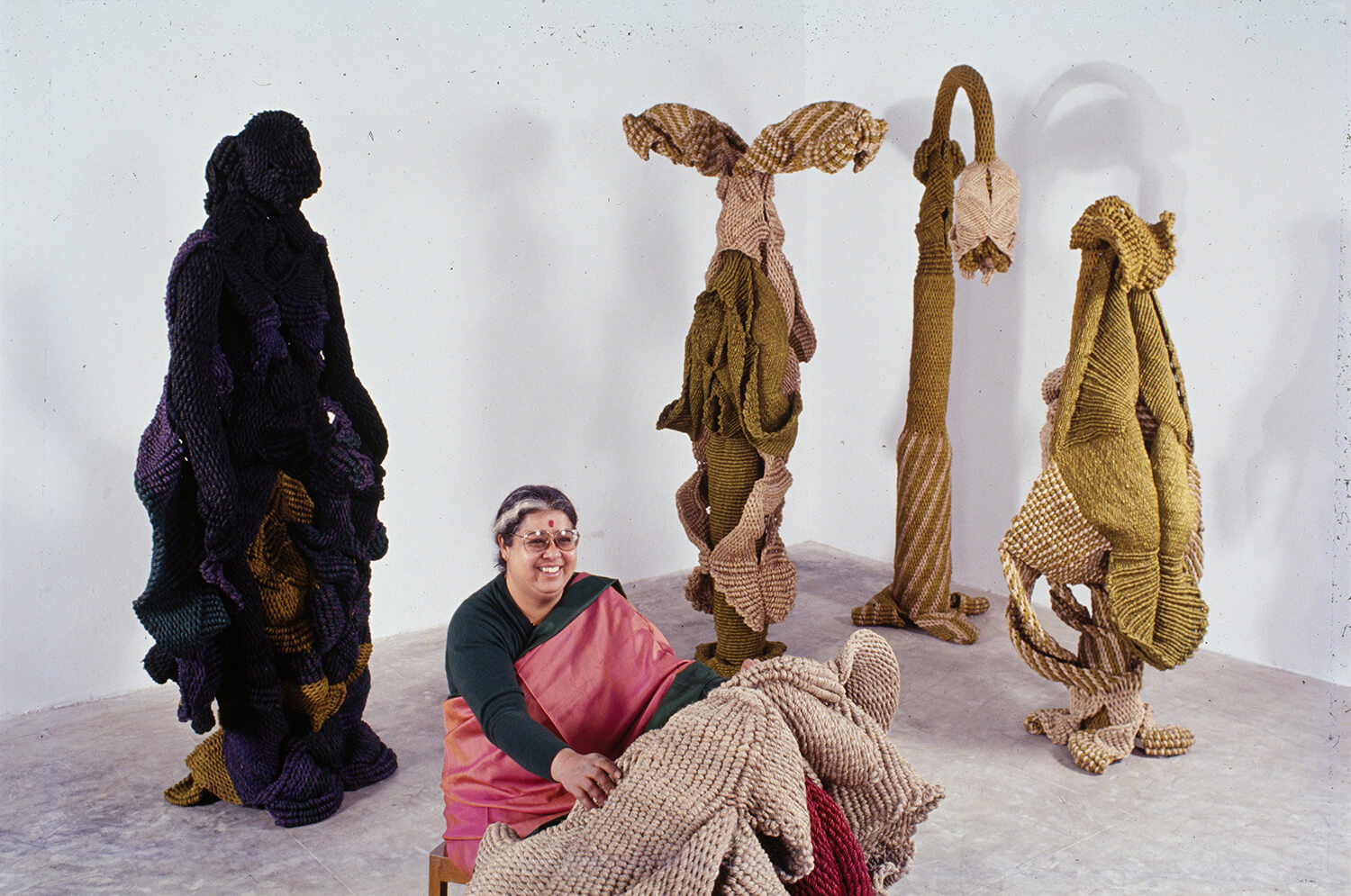
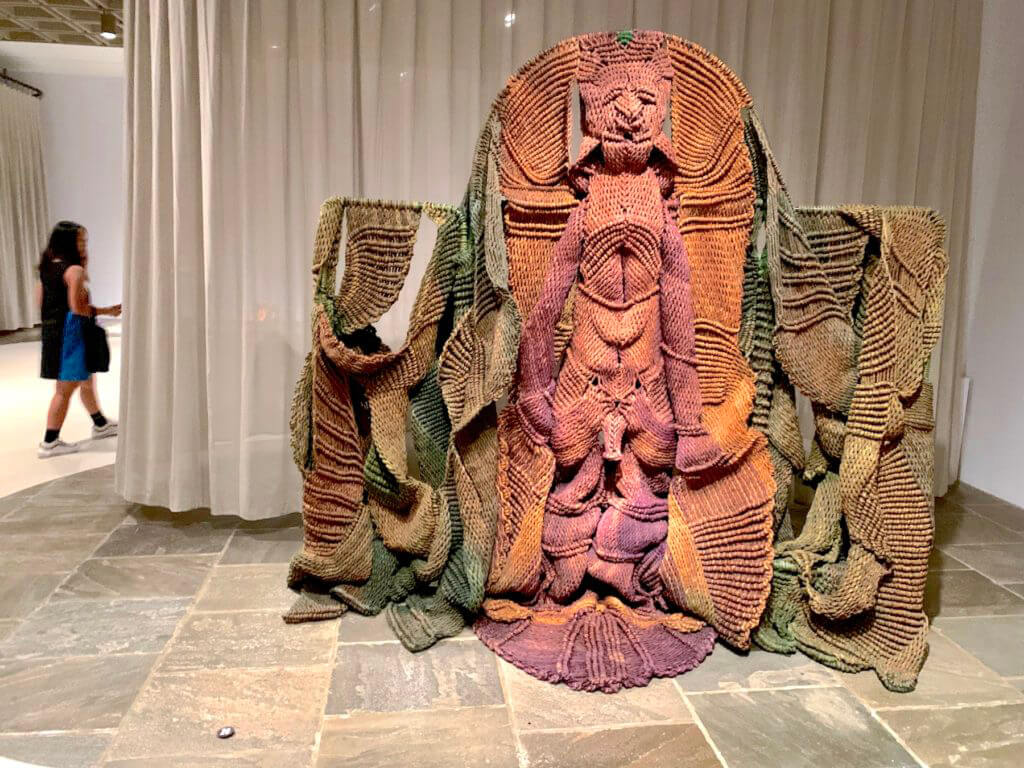
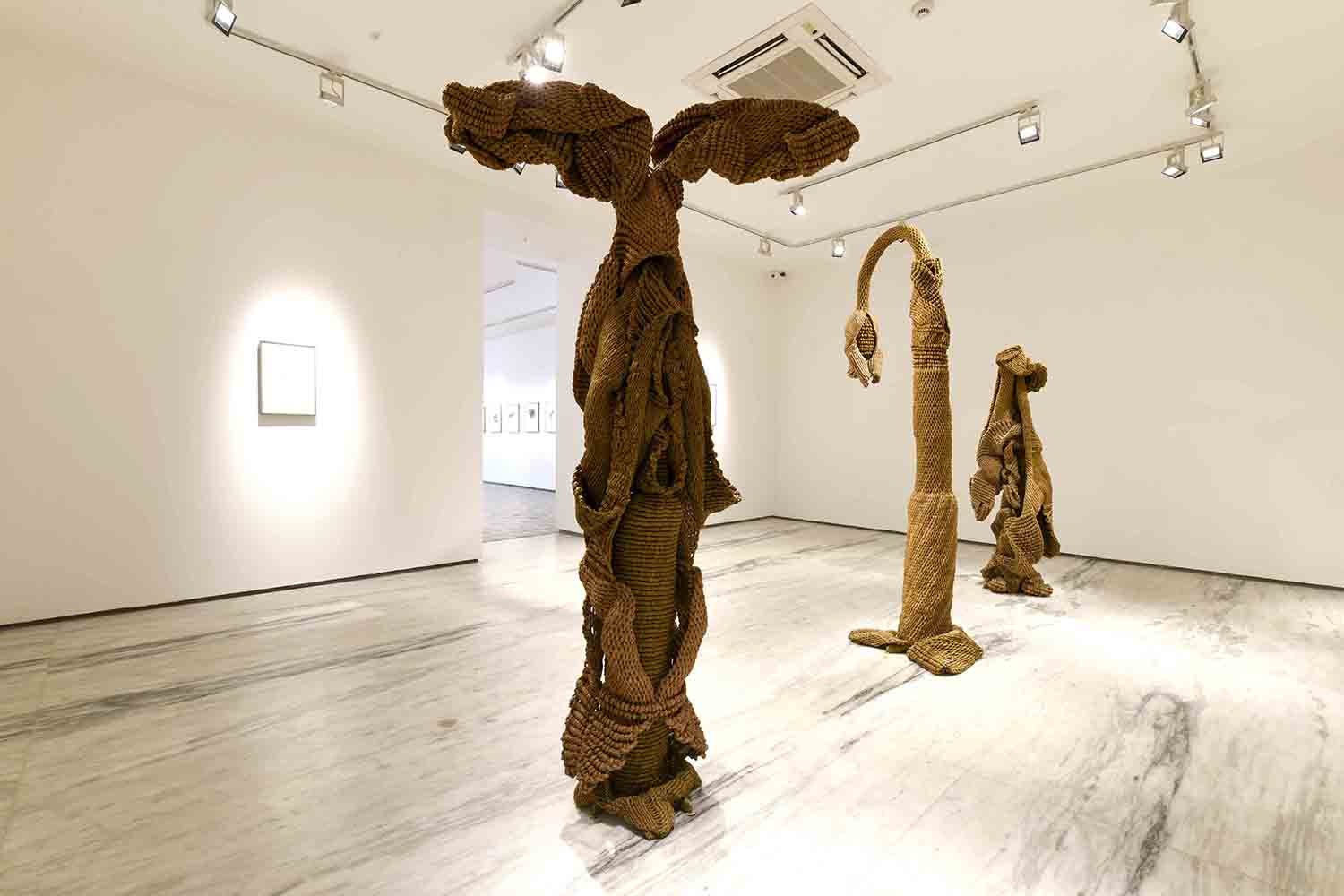



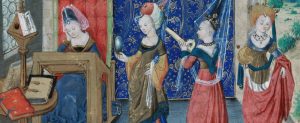
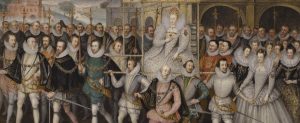



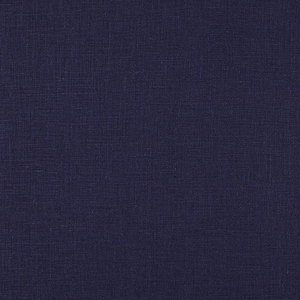





















3 Comments
Susan Johnson
Rosie Lesso,
you bring us treasures in your commentaries as well as presenting these artworks.
your writing and choices spark art nerves within me!
thank you
Kathleen Smith
Amazing works of art.
Vicki Lang
What wonderful works of art. Her weaving talent is awesome. The sculptures from her weaving are so powerful.